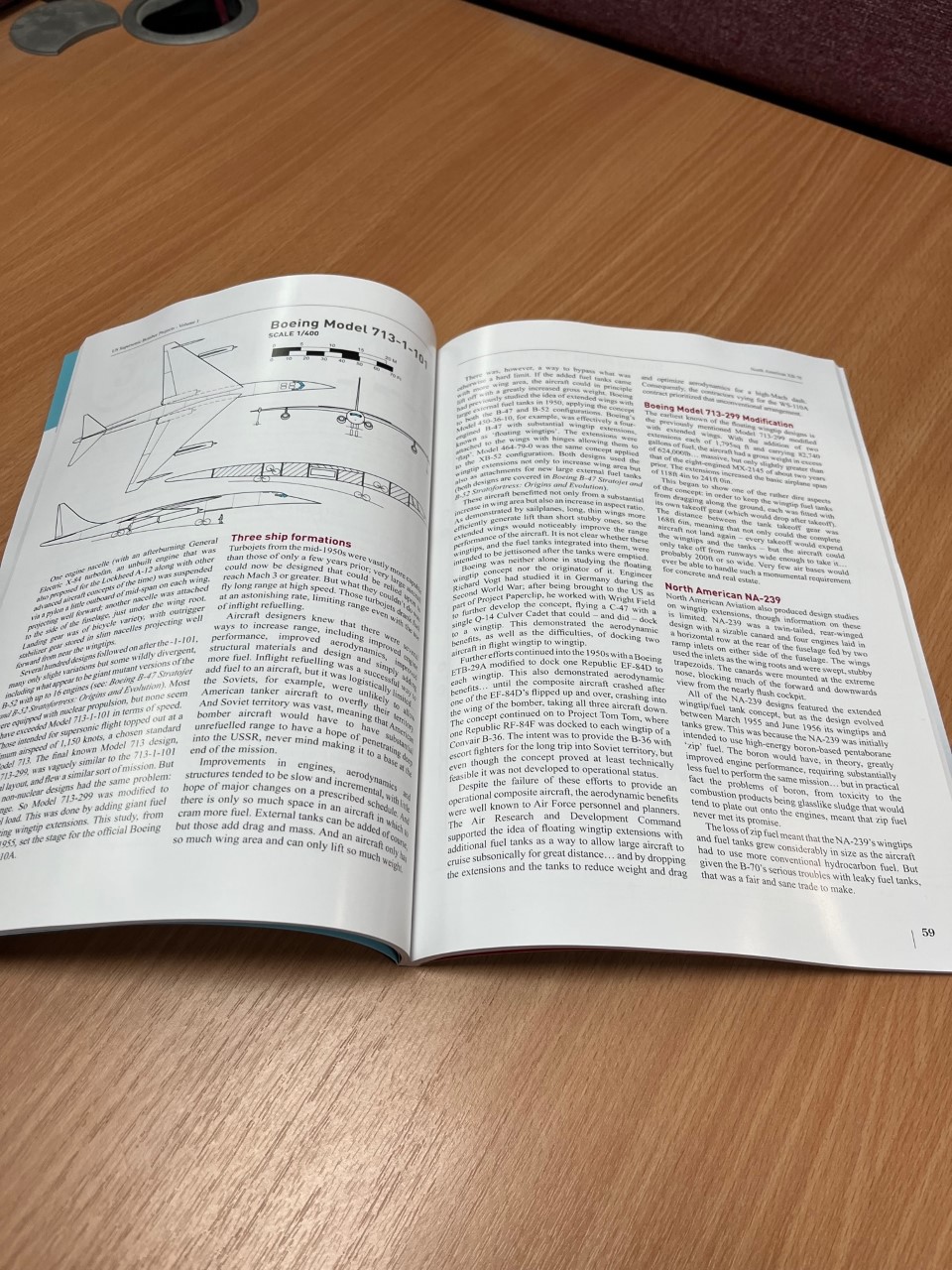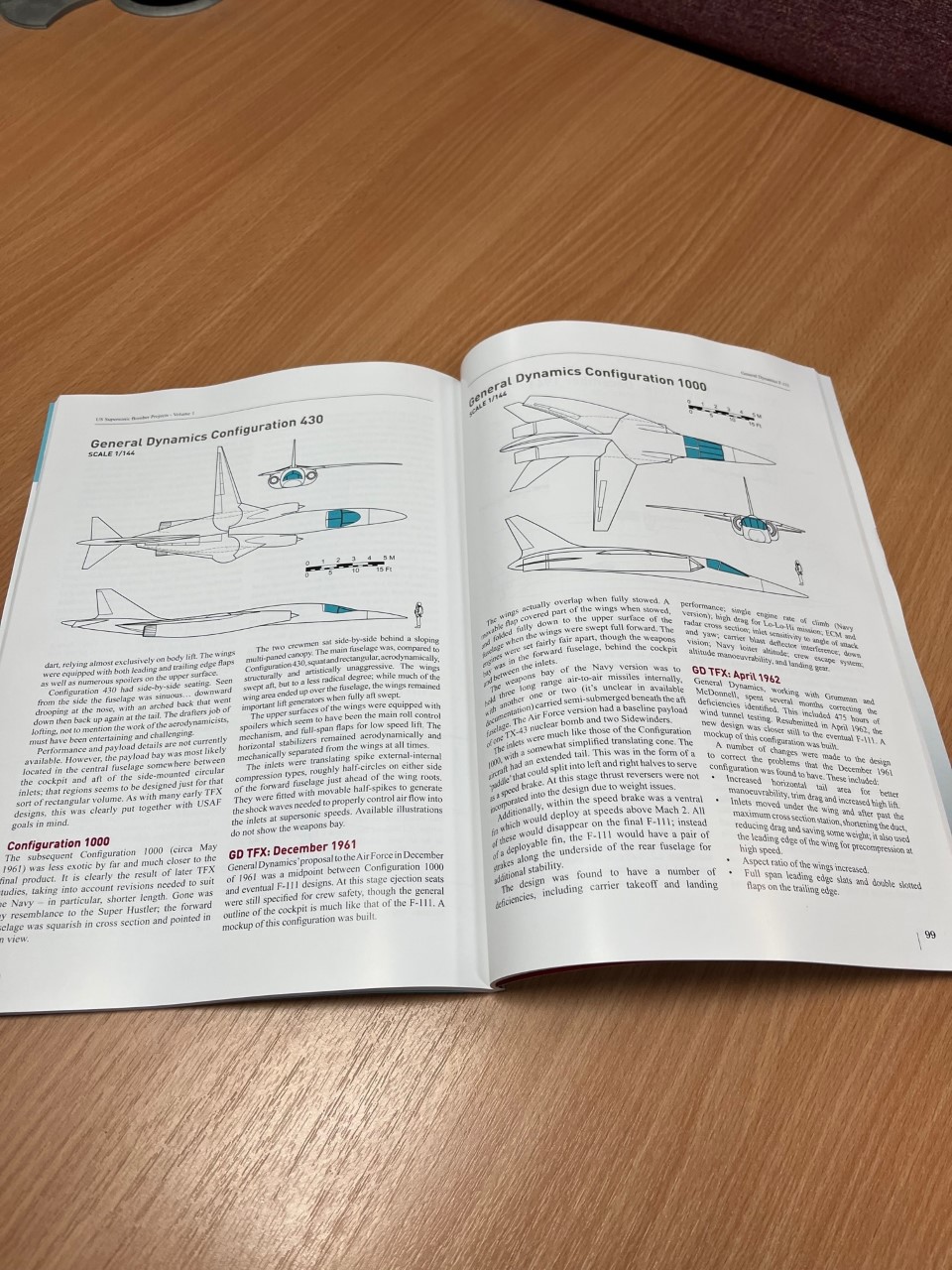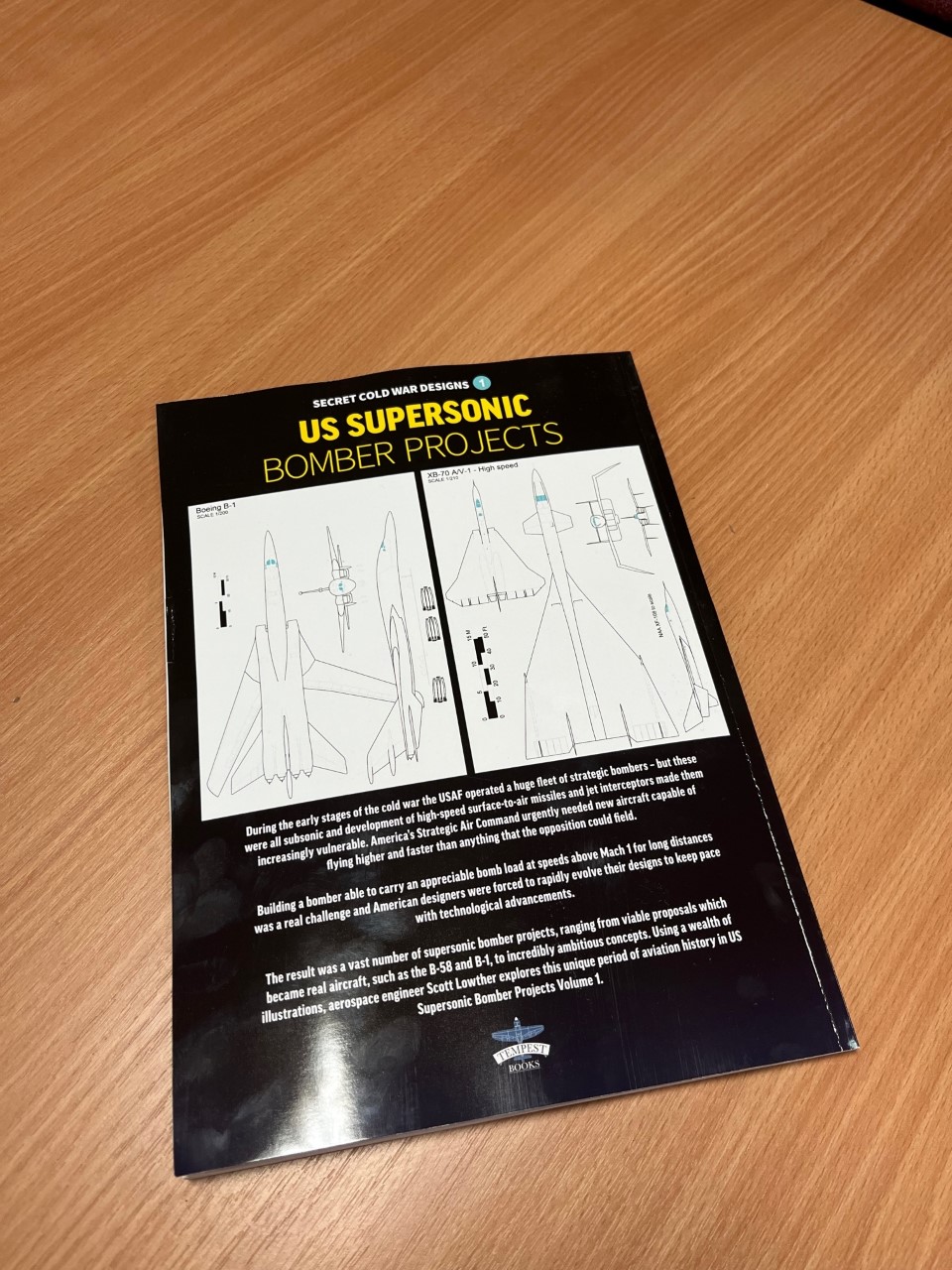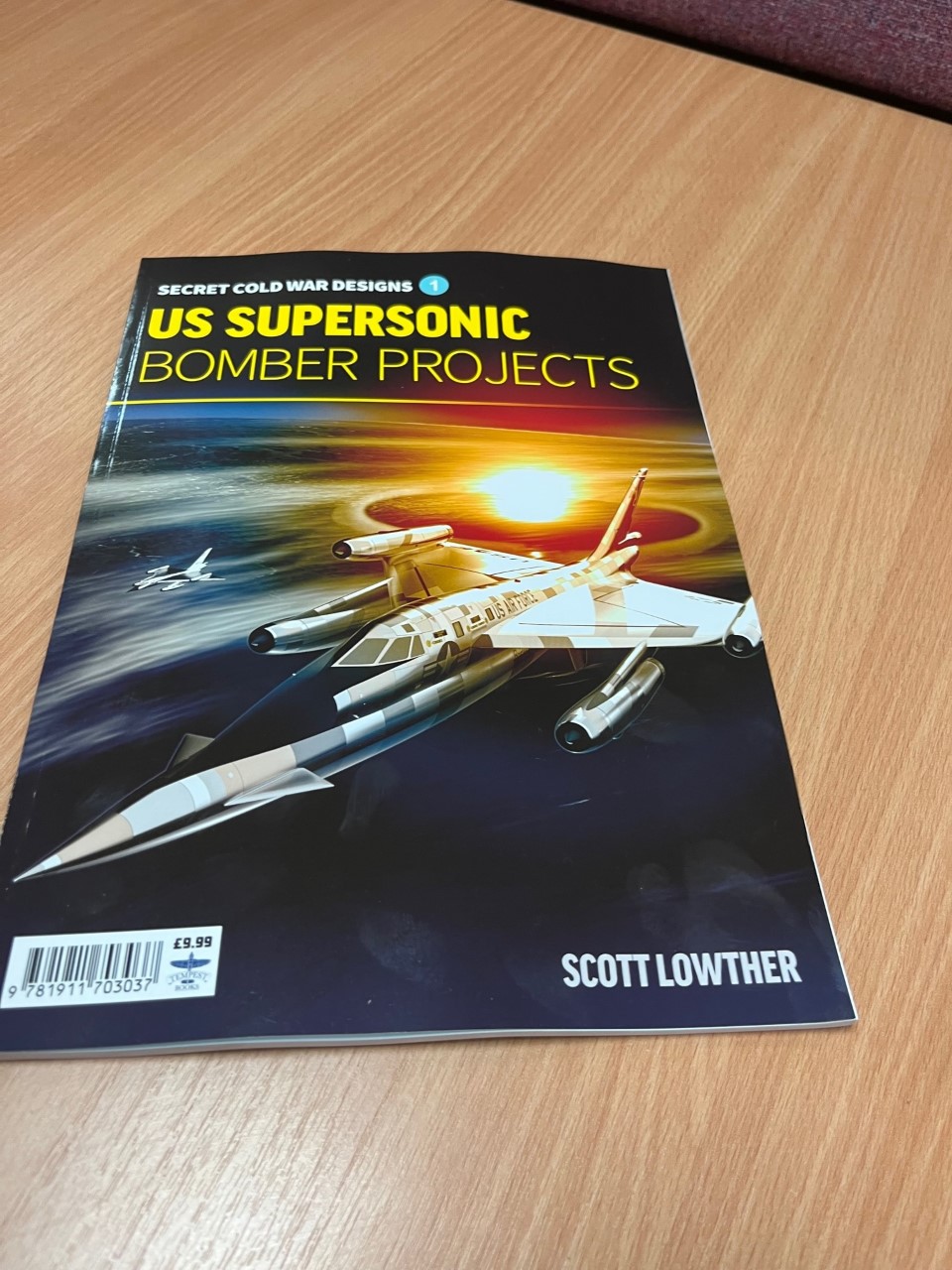A photo of a wind tunnel model of a Republic Aviation design for a Manned Hypersonic Test Vehicle configuration. The photo was published in 1969, but the program was circa 1965. It used a configuration previously studied as both an Aerospaceplane (airbreathing SSTO) and Mach 10 recon. That latter design was written about and illustrated in US Research & Recon Projects #2. You can tell that this is the subscale demonstrator, rather than one of the full-scale operational vehicles, because of the additional fuel tanks, projection from the lower fuselage. The fuselage was conical and ringed with a scramjet engine; a rocket engine in the tail would, after separation from a B-52 carrier aircraft, accelerate the vehicle past Mach 7 or so to scramjet operational speed.
Over the years there have been suggestions of using “lithobraking” as a means of reducing the cost of transporting payloads to the lunar surface. As the name suggests, the idea is to use the lunar surface itself – the lithosphere – to slow the craft. Meteoroids do this all the time, of course, though in their case it’s pretty destructive. But for those rare serious suggestion of using lithobraking, the idea would be to lay out a miles-long “track” of smooth lunar dust; the spacecraft would come in at a *very* shallow angle and touch down at extreme – essentially orbital – velocity, and use skids to brake using friction. The precision required, and lunar infrastructure required, would be pretty substantial. One early suggestion of what a lithobraking spacecraft might look like is this (from HERE):

It might be workable. But it’s not something I’ve seen demonstrated too often, either practically or in animated form. Well, until now. At last, we have a good video representation of what lithobraking might look like in actual practice:
View this post on Instagram
Photos of a physical copy, fresh from the printer, somewhere in the wilds of Britain. UK/EU buyers should start receiving them shortly, I’d imagine.
The ordering link straight from the publisher:
US Supersonic Bomber Projects
And the updated Amazon link:
US Supersonic Bomber Projects Paperback – December 23, 2022
As previously mentioned, if you are interested in a signed, dated and bonus-print copy, let me know so I know how many to order.
Someone messed up the NASA logo on the recent SpaceX launch. The derpified logo “Nick B” created in response fills me with joy:
https://t.co/ZriD22ndBh pic.twitter.com/XfZoCatumQ
— Nick B 📸 (@_AstroGuy_) October 2, 2022
I’m at work on a new series of CAD diagrams (see HERE for the first run) to be released as PDFs formatted for printing at 18X24. For example, here are first drafts of a few:
- Boeing Space Sortie (3 sheets)
- Saturn C-8/Nova
- Jules Verne’s “Columbiad”
- A-12 Avenger II (2 sheets)
- Lockheed CL-400 “Suntan”
All of these require a bit more dressing-up, as well as explanatory text. But I think they’re starting to look pretty good.
I’ve selected a fair number more to work on. If any of these are of particular interest, or if any of the many, many diagrams I’ve made over the years would be of interest, let me know.
- BIS “Daedalus” straship
- Rockwell MRCC
- Northrop Tacit Blue
- Space Shuttle Main Engine
- Boeing Bird of Prey
- General Atomic 86-foot Orion
- General Atomic Orion battleship
- General Atomic 10-meter Orion
- Martin SeaMistress
- Space Launch System
- Have Sting orbital railgun
- Casaba Howitzer
- X-20 Dyna Soar
- B-47E
- DB-47E/Bold Orion
- DB-47E/RASCAL
- B-52G
- B-52H
- B-52H/Skybolt
- Boeing Space Freighter
- Boeing Big Onion
- Shuttle C
- Rockwell Star Raker
- Lockheed STAR Clipper
- Lockheed SR-71
- Lockheed A-12 (early canards)
- Lockheed A-12
- Lockheed A-12 (honeycomb panels)
- Lockheed A-12 “Titanium Goose”
- Lockheed YF-12A
- Lockheed M-21/D-21
- Lockheed AP-12
- Republic YF-103
- North American XF-108
- Bell MX-2147
- Convair Kingfish
Assuming the video is accurate (these days, who knows), it appears that a Ukrainian soldier swatted a Russian cruise missile on its way to a war crime using a standard shoulder-launched short range missile.
It’s unclear to me what system was used, as the video is pretty potato in quality. Doesn’t look to me like a Stinger; not enough stuff on the front of the launcher. Maybe a Grail, Gremlin or Piorun.
A MANPAD vs a cruise missile makes sense: cruise missiles fly low, generally subsonic, have no countermeasures such as flares and do not try to maneuver to avoid getting hit. On the other hand their engines are small and do not put out nearly as much thermal energy as the turbojets of a fighter; but on the gripping hand, they are also not as IR shielded as the exhausts of a stealthy airplane or a battlefield helicopter. So the trick with using a MANPAD to take out a cruise missile is to be in the right place at the right time, and to be on the ball. It’s impossible to know what apartment building or orphanarium or kitten hospital the Russian cruise missile was targeted to obliterate, but it’s safe to say that the missileer here just saved a fair number of civilians a lot of grief.
A straightforward explanation of why rockets sound the way they do:
Many years ago there was some random internet crackpot arguing that active sound cancellation systems could be added to the tail end of a rocket to make it virtually silent. Watch this and see if you can figure out how to use a point-generated cancellation wave to silence a noise-generating system that is essentially a cone dozens of meters long.
The DART mission successfully changed the motion of an asteroid
Prior to impact, it took Dimorphos 11 hours and 55 minutes to orbit its larger parent asteroid Didymos. Astronomers used ground-based telescopes to measure how Dimorphos’ orbit changed after impact.Now, it takes Dimorphos 11 hours and 23 minutes to circle Didymos. The DART spacecraft changed its orbit by 32 minutes.
Initially, astronomers expected DART to be a success if it shortened the trajectory by 10 minutes.
Neato. A pity we didn’t have more spacecraft on-scene to get better bomb damage assessment images in the minutes, hours and days that followed. It kinda seems like the impact really trashed the rubble pile.













